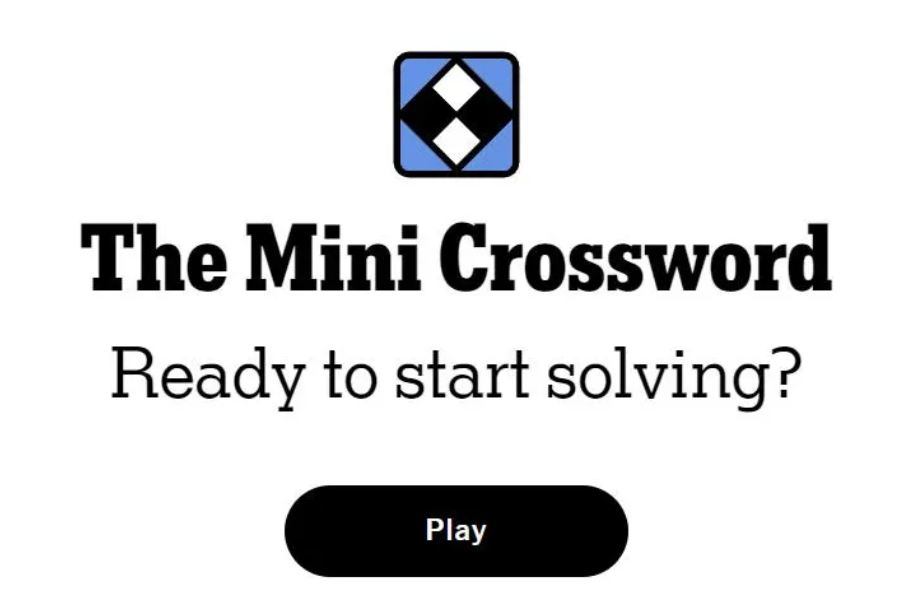In today’s increasingly interconnected world, communication is no longer confined by geographic or linguistic boundaries. As globalization continues to reshape business, culture, and education, effective multilingual communication has never been more vital. One of the most powerful tools in breaking down these barriers is translation, which serves as a bridge between languages and cultures. In this article, we explore the concept of translation—referred to as Öbversätt—and discuss the tools and technologies that are making global communication easier and more efficient than ever before.
Understanding Öbversätt: The Essence of Translation
Öbversätt goes beyond the mere act of translating words from one language to another. It’s about ensuring the core meaning, tone, and intent of the original message are preserved and communicated accurately across linguistic boundaries. This process is not just crucial in written texts but also in verbal communication, media, business, and education. With the increasing need for global interaction in virtually every sector, translation tools have become indispensable in ensuring clear and effective communication worldwide.
The Growing Demand for Öbversätt in a Globalized World
As the world becomes more interconnected, the demand for accurate and reliable translation continues to rise. Companies, governments, and individuals are constantly looking for ways to communicate with others who speak different languages, from international business negotiations to online learning platforms. The need for translation services in various sectors—ranging from commerce to education, entertainment to diplomacy—has made translation an essential aspect of modern life.
The Role of Google Translate: Accessibility and Convenience
One of the most widely recognized translation tools is Google Translate, a versatile platform that supports over 100 languages. Google Translate has made it easier than ever for people around the world to communicate with each other, whether it’s for simple text translations, website localization, or even real-time voice translation. Its availability across both desktop and mobile platforms ensures that individuals have access to translation services wherever they go, breaking down barriers and fostering international communication.
Google Translate is often the go-to solution for travelers, business professionals, and casual users who need quick and reliable translations. Despite occasional nuances that may be lost in translation, its ease of use and extensive language support make it an invaluable tool for everyday communication.
DeepL Translator: Precision and Contextual Accuracy
While Google Translate is popular for its broad accessibility, DeepL Translator stands out in terms of its ability to provide more accurate and contextually nuanced translations. DeepL is especially effective in translating European languages, often producing results that are superior to other automated translation tools. By utilizing advanced neural machine translation (NMT) technology, DeepL delivers translations that maintain the subtle nuances of the original text.
This precision is particularly important for professional translators, marketers, and businesses who require more than just a basic translation. DeepL ensures that idiomatic expressions, complex sentence structures, and culturally specific references are accurately conveyed, making it an ideal choice for tasks that demand a higher level of linguistic precision.
Yandex.Translate: Comprehensive Features for Multilingual Communication
Another powerful translation tool is Yandex.Translate, which supports over 90 languages and offers a broad range of translation services. Yandex’s distinguishing features include integrated dictionaries, language recognition, and customizable settings, which enhance the user experience. These features make it particularly valuable for learners and individuals seeking a deeper understanding of language beyond basic translations.
Yandex.Translate is well-regarded for its ease of use and additional linguistic features that assist users in understanding unfamiliar words, phrases, and even sentence structures. Whether you’re translating a document, website, or email, Yandex provides a robust set of tools that make multilingual communication efficient and effective.
Reverso: Contextual Translations for a More Accurate Understanding
For those looking for a more context-aware translation, Reverso offers an excellent solution. Reverso’s unique ability to provide contextual translations ensures that users understand how words or phrases fit into specific situations. This is especially useful for translating idiomatic expressions or content that heavily relies on cultural references.
Beyond simple translations, Reverso offers tools for grammar checking, synonym suggestions, and verb conjugation, ensuring that the translated text is not only accurate but also stylistically appropriate. By accounting for the nuances of language, Reverso helps users achieve translations that feel natural and coherent, which is critical for both professional and personal communication.
The Future of Öbversätt: AI and Machine Learning Revolutionizing Translation
Looking ahead, the field of translation is set to be transformed by artificial intelligence (AI) and machine learning technologies. These advancements promise to enhance the accuracy, speed, and efficiency of translation tools, making them even more indispensable in our interconnected world. As AI-powered translation tools become more sophisticated, they will be able to understand context, tone, and even emotional undertones, resulting in translations that are not just linguistically accurate but also culturally appropriate.
These AI-driven translation systems will also make it easier for individuals to engage in real-time conversations, breaking down the barriers between people who speak different languages and creating a more seamless global dialogue. The future of translation will likely involve an even greater reliance on AI, making communication more accessible and inclusive for everyone.
Öbversätt in Education: Enhancing Learning and Inclusivity
In the field of education, translation tools are revolutionizing the way students and educators interact with foreign languages. With tools like Google Translate, DeepL, and Reverso, students can now instantly translate complex texts, research materials, and learning resources from any language into their native tongue. This has made learning materials accessible to a wider audience, particularly for students who speak minority languages or come from diverse linguistic backgrounds.
These tools also support language learning by providing real-time translations and language practice features. Teachers can use translation tools to create more inclusive classrooms, adapting lessons and learning resources to cater to the needs of all students, regardless of their language proficiency.
The Impact of Öbversätt in Business and Commerce
For businesses operating on a global scale, accurate translation is essential for maintaining effective communication with international clients, partners, and customers. Whether it’s translating contracts, marketing materials, or customer service documentation, businesses need translation services that ensure the original meaning is preserved. Any error in translation could lead to misunderstandings, legal issues, or loss of trust, which is why accurate öbversätt is critical for successful international transactions.
Furthermore, businesses are increasingly leveraging multilingual websites and localized content to reach a global audience. Companies like Mating Press understand the value of using reliable translation tools to improve customer engagement, enhance brand communication, and expand their global footprint.
The Cultural Significance of Öbversätt
Beyond business and education, translation plays a pivotal role in cultural exchange. By breaking down language barriers, translation allows people to access literature, media, and information from different parts of the world, enriching their understanding of other cultures. Whether it’s reading a foreign novel, watching a translated film, or accessing research from another country, translation fosters a deeper appreciation of global diversity.
In a world where cultural understanding is essential for peace and cooperation, translation tools serve as a bridge that connects people across linguistic divides, promoting global harmony and empathy.
Challenges Faced by Traditional Translation Services
Despite the significant advancements in automated translation tools, traditional translation services still face a number of challenges that can limit their effectiveness. One of the most common issues is inconsistency in translation quality. Human translators, though highly skilled, may still produce translations with varying degrees of accuracy, especially when faced with idiomatic expressions, cultural references, or technical jargon.
Moreover, traditional translation services can be expensive and time-consuming. The process of hiring professional translators, especially for large-scale projects, can be costly. Additionally, the manual nature of traditional translation often results in delays, which may not be acceptable in fast-paced environments such as business, media, or e-commerce.
Another significant limitation is the limited availability of language pairs. While widely spoken languages like English, Spanish, and Chinese have an ample pool of https://mainguestpost.com/ skilled translators, less commonly spoken languages may present challenges in finding qualified professionals. This can create gaps in translation accessibility for speakers of minority languages, making it harder for them to access important information.
Lastly, contextual understanding remains a challenge for many translation services. Language is deeply intertwined with culture, and without a thorough understanding of cultural nuances, a translation may fail to capture the intended meaning. This issue is particularly apparent in literary translations or content that relies on humor, regional expressions, or cultural references.
Conclusion: The Future of Global Communication Through Öbversätt
Öbversätt, or translation, is far more than just a tool for converting words from one language to another. It is a vital bridge that connects people, cultures, and ideas in our increasingly globalized world. As we continue to rely on tools like Google Translate, DeepL, Yandex, and Reverso, we are breaking down the barriers that once separated us and building a more interconnected global community.
The future of translation lies in the advancements of artificial intelligence and machine learning, which promise to make translation tools even more powerful, accurate, and accessible. Whether in education, business, or cultural exchange, translation will continue to be a cornerstone of communication, fostering understanding and cooperation across linguistic and cultural divides.
As globalization continues to shape our world, the importance of Öbversätt remains paramount in ensuring that language is never a barrier to connection, collaboration, and unity.














Leave a Reply